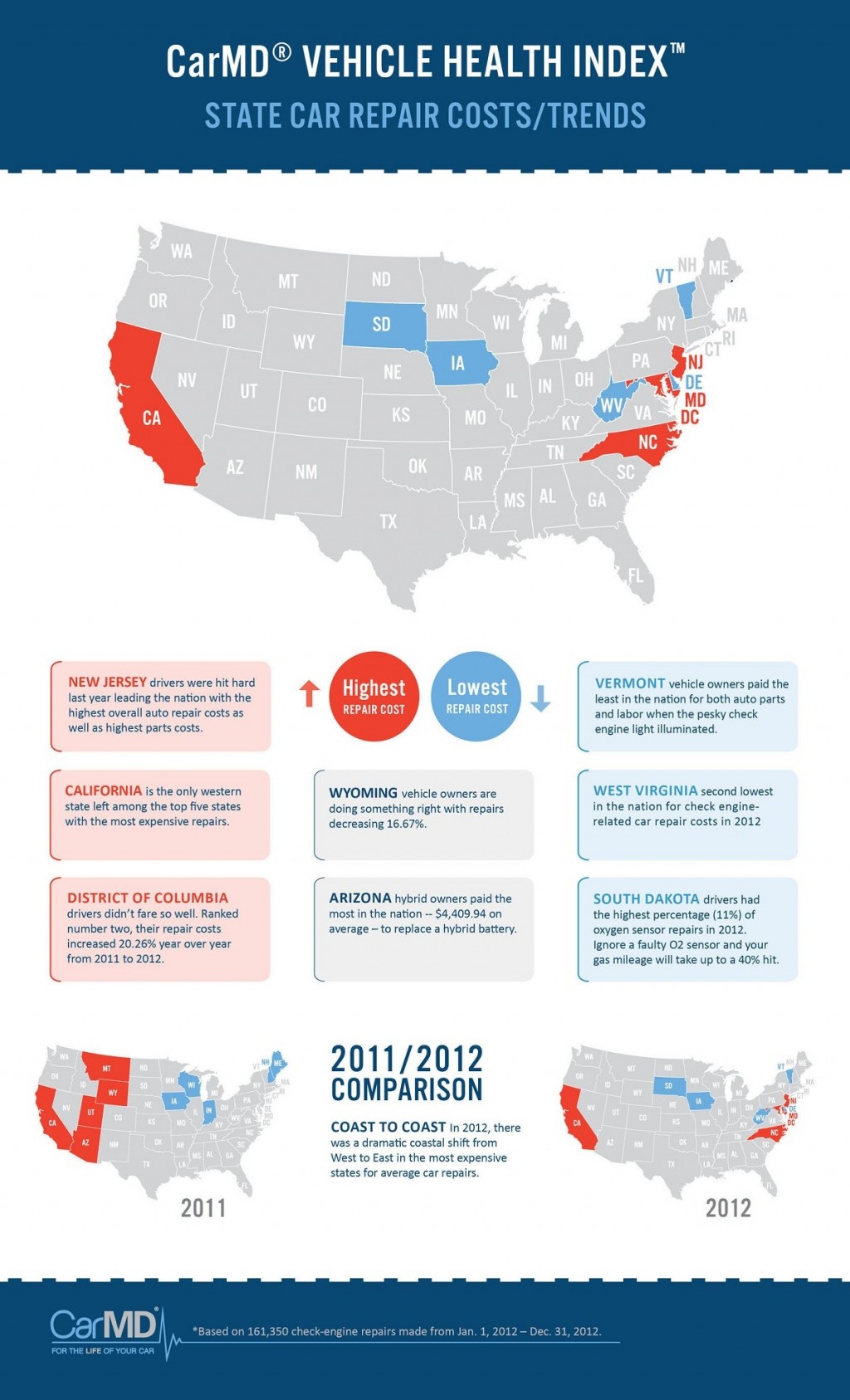Understanding Your Cars And Truck'S Warning Lighting: What Do They Really Mean?
Understanding Your Cars And Truck'S Warning Lighting: What Do They Really Mean?
Blog Article
Produced By-Vinson Alvarado
When you're behind the wheel, those radiant warning lights on your dashboard can be a little bit puzzling. Do you understand what they're attempting to inform you regarding your automobile's health? Understanding the importance of these lights is important for your security and the durability of your vehicle. So, the next time one of those lights appears, would not you want to decode its message accurately and take the necessary steps to resolve it?
Common Caution Lights and Interpretations
Identify common warning lights in your car and understand their definitions to guarantee risk-free driving.
One of the most common warning lights consist of the check engine light, which signals problems with the engine or exhausts system. If car detaling begins, it's important to have your car checked without delay.
The oil stress cautioning light indicates reduced oil stress, calling for immediate interest to avoid engine damage.
A flashing battery light could suggest a defective charging system, potentially leaving you stranded otherwise addressed.
The tire pressure tracking system (TPMS) light notifies you to low tire stress, influencing automobile stability and fuel performance. Neglecting this might cause risky driving problems.
car cleaner interior shows a problem with the anti-lock stopping system, jeopardizing your ability to stop quickly in emergency situations.
Lastly, the coolant temperature level cautioning light warns of engine getting too hot, which can lead to extreme damage if not fixed swiftly.
Understanding these typical caution lights will certainly aid you address problems without delay and maintain risk-free driving conditions.
Value of Prompt Focus
Comprehending the typical caution lights in your automobile is just the first step; the relevance of promptly resolving these warnings can't be stressed enough to guarantee your safety when driving.
When a caution light illuminates on your dashboard, it's your car's method of connecting a prospective problem that requires attention. Overlooking https://lorenzowqkey.blog-ezine.com/30049807/the-progression-of-automobile-detailing-approaches-throughout-the-last-ten-years can cause more severe problems later on, endangering your security and potentially costing you a lot more out of commission.
Trigger attention to warning lights can stop malfunctions and mishaps. For instance, a flashing check engine light could show a misfire that, if left neglected, might trigger damages to the catalytic converter. Addressing this immediately can conserve you from a pricey fixing.
Likewise, a brake system warning light could signal low brake fluid or used brake pads, vital elements for your safety when driving.
Do It Yourself Troubleshooting Tips
If you discover a caution light on your control panel, there are a couple of do it yourself repairing tips you can attempt prior to seeking expert aid.
The initial step is to consult your cars and truck's guidebook to understand what the certain warning light suggests. Occasionally the issue can be as basic as a loosened gas cap triggering the check engine light. Tightening up the gas cap may deal with the trouble.
One more typical issue is a low battery, which can trigger various advising lights. Inspecting the battery connections for deterioration and guaranteeing they're safe and secure may take care of the issue.
If a warning light continues, you can try resetting it by disconnecting the cars and truck's battery for a couple of minutes and after that reconnecting it. In addition, inspecting your automobile's fluid degrees, such as oil, coolant, and brake liquid, can assist repair cautioning lights related to these systems.
Verdict
In conclusion, comprehending your automobile's caution lights is important for maintaining your car running efficiently and securely. By immediately resolving these signals and understanding what they suggest, you can prevent expensive fixings and potential breakdowns.
Remember to consult your vehicle's handbook for particular information on each warning light and take action appropriately to make certain a trouble-free driving experience.
Stay notified, stay secure on the road!
